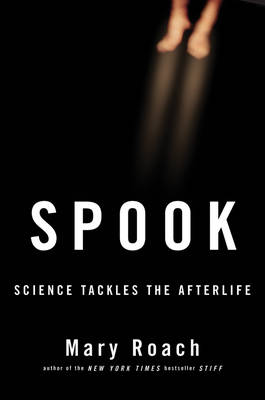Reviewed by gmcgregor on
In every instance, she's confronted with the gulf between what the heart wants to believe and what the scientifically-validated research says is real. Hindus frequently claim to know someone who is reincarnated, but their belief system encompasses this and reincarnations usually seem to occur in close proximity (i.e. the person who is now dead and their "new" body are usually within less than 100 miles of each other). On the other hand, the motives that one might suspect behind a dubious claim, like the desire for financial support, aren't usually present. There are frequent reports, in the United States, of people who have had near-death experiences feeling like they're floating away from their body and can see it recede below them as they go towards the light. But only in a very, very few of them did they report seeing anything that they wouldn't have been able to see from within their body before. Every attempt to replicate the 21 grams experiment has failed, including several of that researcher's own.
Mary Roach skillfully manages the tricky art of tone-setting for a work exploring an issue that tends to elicit strong and often irrational feelings. It comes clearly through that, like most of the audience that would be inclined to pick up this book, she's primarily fact-oriented but in her heart, hopes she'll find something there. The idea that when our bodies die, the person that we are inside that body just stops along with us is a harsh one, and the fact that virtually every belief system includes some sort of continued life demonstrates that people really don't want to believe it. The way she structures the book, too, into short chapters focusing on one theory each, helps keep it moving along and away from getting bogged down into tiny intricacies. In a subject area that can be heavy, this helps keep it light.
I will say that this might not be the book for the deeply reverent. Roach refuses to hold back from having a sense of humor about any of it and some may think she treats the sacred too cavalierly. But for anyone who has questions and wants a peek into what science tells us about the various and sundry ways that the dead have been said to interact with the living, this is a witty, enjoyable read.
Reading updates
- Started reading
- 27 June, 2017: Finished reading
- 27 June, 2017: Reviewed
